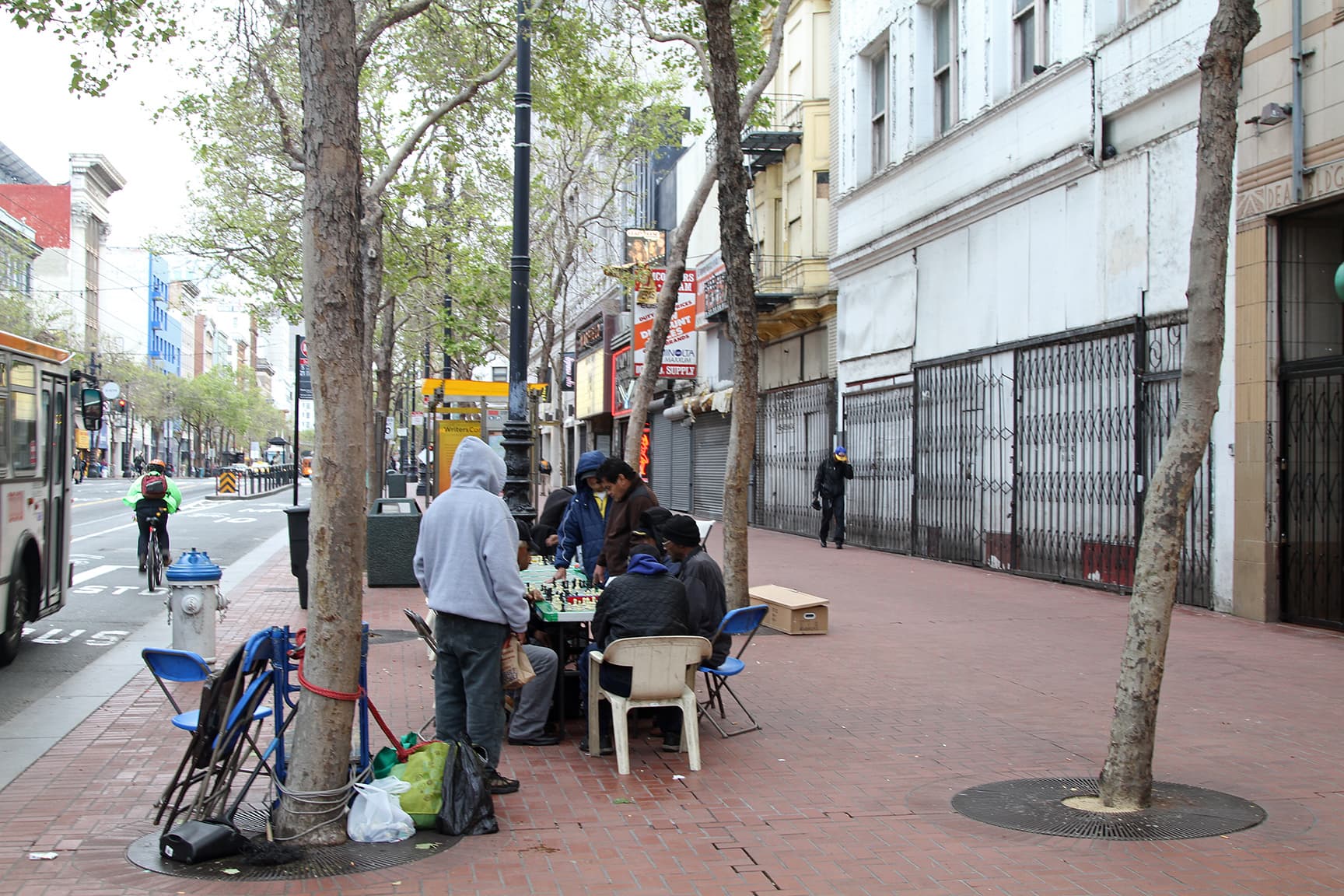Hyde and Ellis Intersection Sees Persistent Early Morning Disorder in San Francisco's Tenderloin

San Francisco's Tenderloin district continues to face significant challenges, with a recent social media post highlighting persistent early morning disorder at the intersection of Hyde and Ellis streets. A tweet from "Tenderloin Tube" on July 19, 2025, observed, > "It's been starting late at night and expanding. This is 20 minutes of the mess at Hyde and Ellis NW around 6 AM. Thx @war24182236 for the tip on this." The post drew attention to ongoing issues in a neighborhood long known for its complex urban environment.
The Tenderloin, while a vibrant and diverse community with a high concentration of families and children, has a well-documented reputation for open-air drug markets, homelessness, and related public health and safety concerns. The intersection of Hyde and Ellis, specifically, has been identified in past reports as a hotspot for drug dealing and usage, often becoming "impassable" due to crowds. While city efforts have periodically cleared the area, residents and observers note that such issues frequently return, particularly during nighttime hours and into the early morning.
Further underscoring the area's struggles with living conditions, a lawsuit was filed by San Francisco City Attorney David Chiu on July 16, 2025, against Charles C. Kartchner, the landlord of a ten-unit residential building at 646 Ellis Street, near the troubled intersection. The lawsuit alleges severe violations including rampant rat infestations, sewage leaks, lack of hot water, and non-functioning door locks, creating unsafe conditions for the approximately 25 Vietnamese immigrant tenants. This legal action highlights the deeper infrastructural and management issues contributing to the neighborhood's overall "mess."
The city has implemented various initiatives, such as the Tenderloin Community Action Plan (TCAP), Joint Field Operations (JFO), and the Night Navigator program, aimed at improving street conditions, connecting individuals to services, and enhancing public safety. These programs involve coordinated efforts by public works, outreach teams, and law enforcement. However, the recurring nature of the "mess" observed in the tweet suggests that despite these interventions, the challenges of maintaining consistent public order and cleanliness, especially during off-peak hours, remain substantial.
Residents frequently describe the Tenderloin as "depressing," "dirty," and "chaotic," with widespread visible drug use and mental illness. While many attest that it is not inherently dangerous for those who are aware of their surroundings, the constant exposure to these conditions takes a toll. The ongoing struggle at key intersections like Hyde and Ellis reflects the broader, systemic issues that continue to impact the quality of life for the Tenderloin's diverse population and local businesses.